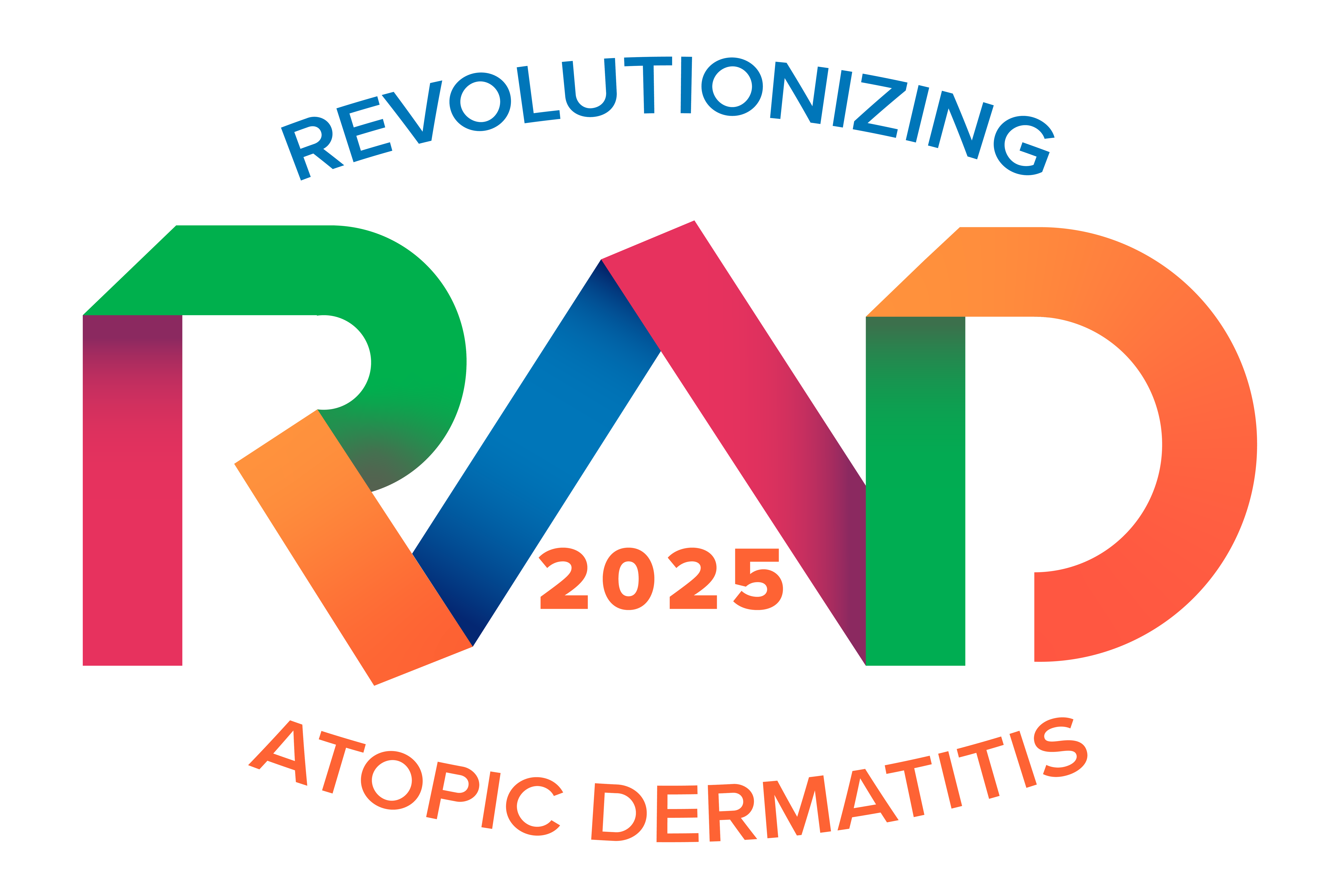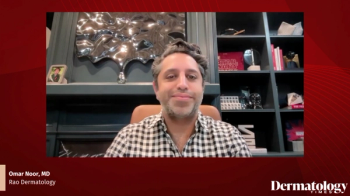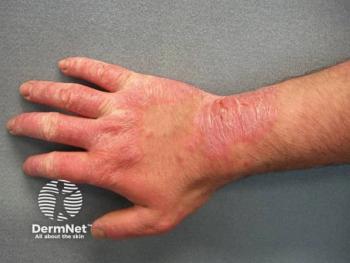
Road to RAD: What’s Next in the AD Pipeline?

Key Takeaways
- OX40 and OX40 ligand pathway-targeting drugs offer a longer therapeutic duration, potentially modifying disease course in atopic dermatitis.
- Multi-specific therapies targeting multiple cytokines simultaneously could improve efficacy and reduce systemic adverse effects in immune-mediated diseases.
Jonathan Silverberg, MD, PhD, MPH, walks through what to look out for in AD management.
In a recent interview with Dermatology Times, Jonathan Silverberg, MD, PhD, MPH, an associate professor of dermatology at the George Washington University School of Medicine and Health Sciences, shared insights into the rapidly evolving therapeutic landscape for atopic dermatitis (AD). He expressed enthusiasm about the robust drug development pipeline, which includes a wide range of topicals, oral medications, and injectable therapies currently in progress.
Among the most advanced candidates nearing approval are drugs targeting the OX40 and OX40 ligand pathway. These therapies represent a novel class distinct from the currently dominant type 2 cytokine blockers. According to Silverberg, the OX40 class of medications may have a slower onset of action and do not yet appear to outperform type 2 blockers in terms of immediate efficacy. However, they offer a notably longer duration of therapeutic benefit—what he refers to as a "long-tail" response.
This prolonged effect has generated interest in the possibility that these drugs might be disease modifying. Silverberg raises the question of whether patients who achieve skin clearance on these therapies could potentially maintain remission even after stopping treatment. Although these hypotheses remain unproven, they point to an exciting future direction in the management of AD, with implications for reshaping treatment goals and expectations over the next 5 to 10 years.
Beyond OX40-targeted therapies, Silverberg highlighted another promising frontier: multispecific therapies. Unlike current biologics that target a single molecule, such as IL-13 or the IL-31 receptor, new technological advances now make it possible to engineer therapies that can simultaneously block multiple cytokines with precision. This strategy could yield synergistic benefits, potentially improving efficacy without the broader systemic adverse effects often seen with less-targeted small-molecule drugs.
Silverberg emphasized that this multitargeted approach may significantly shape the future of immunologic therapy—not only in AD but also across a spectrum of immune-mediated diseases. He anticipates that this will be a major focus of research and development over the next 2 to 3 decades, underscoring a new era in personalized and durable treatment strategies.
Want to hear more pearls and expert insights on AD? Join us at the annual
For more expert insights on the topic, check out our
Newsletter
Like what you’re reading? Subscribe to Dermatology Times for weekly updates on therapies, innovations, and real-world practice tips.



















